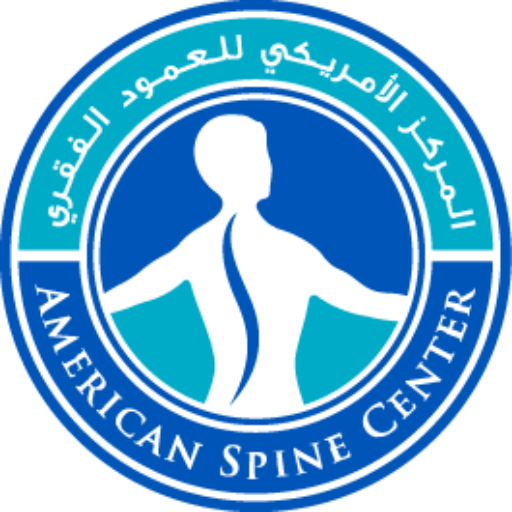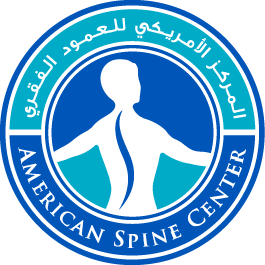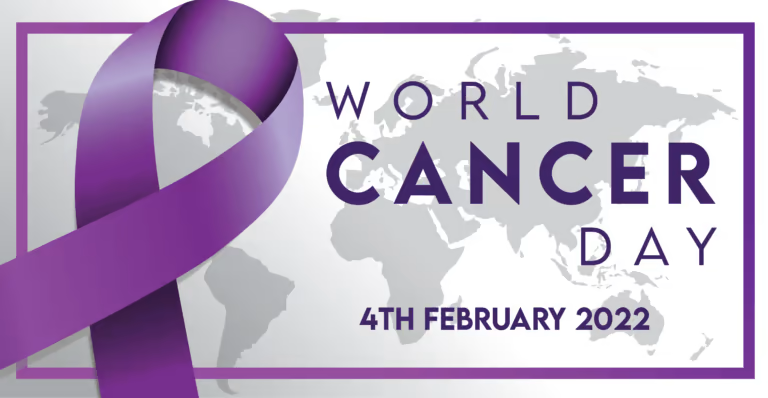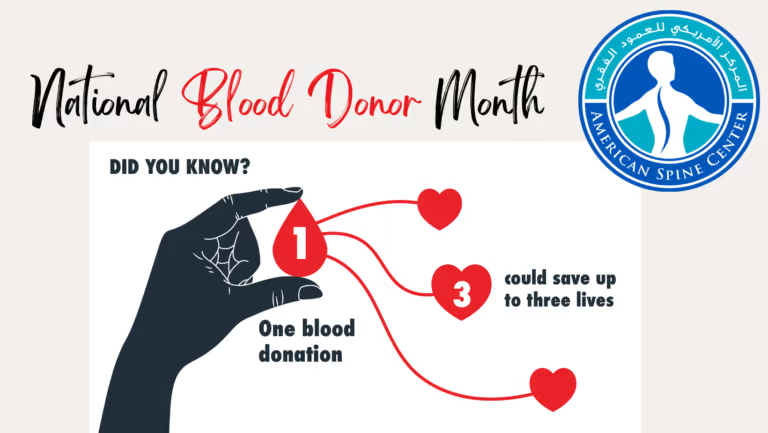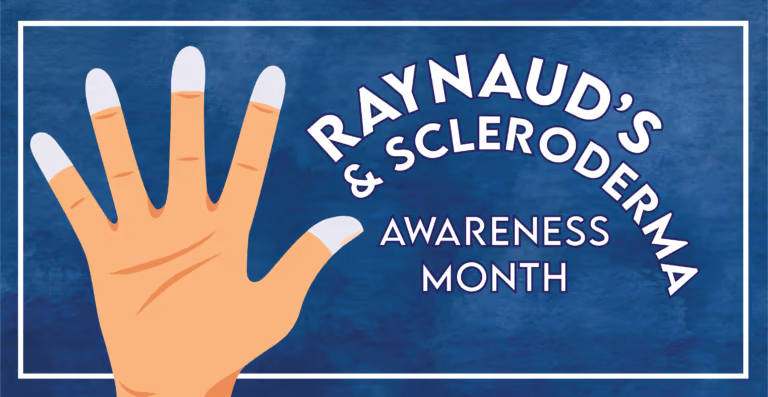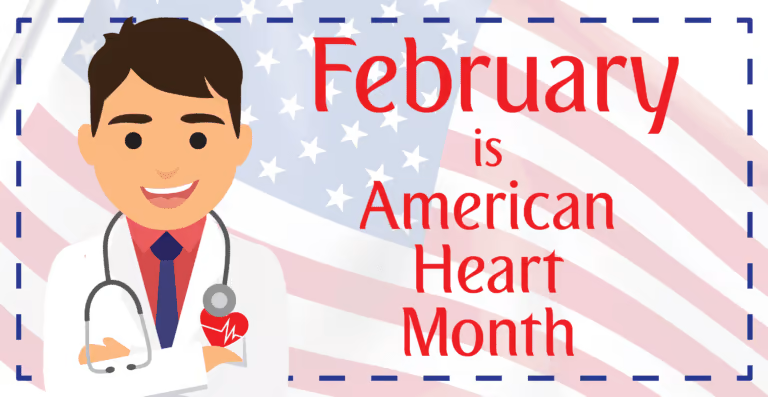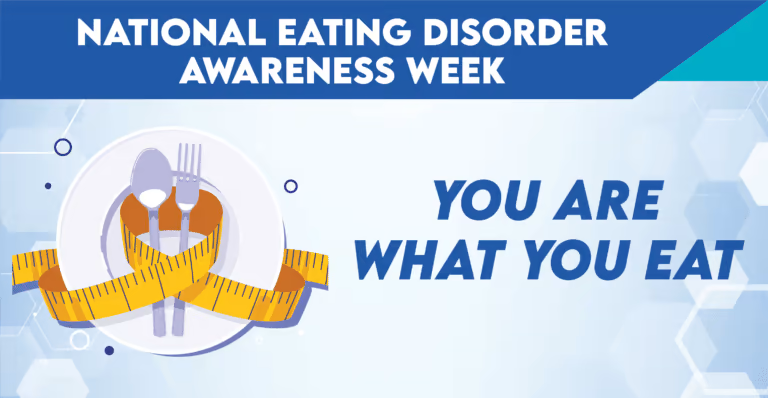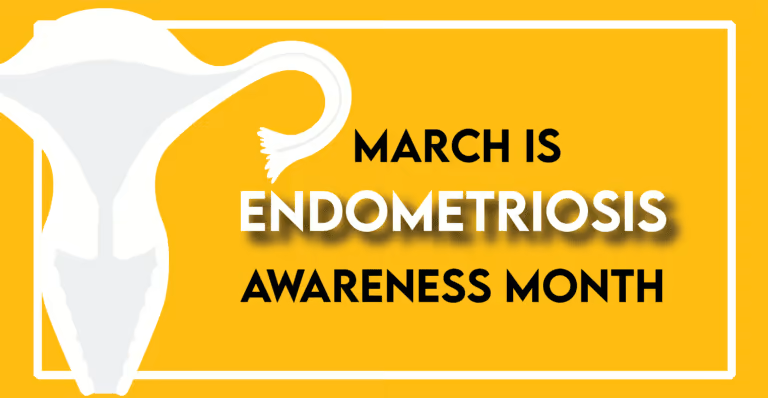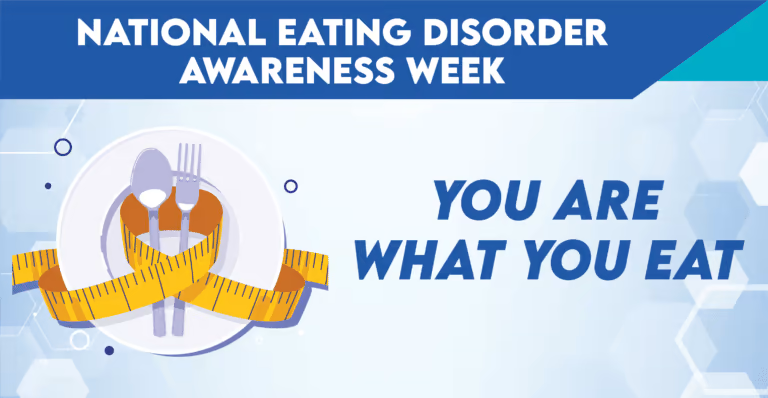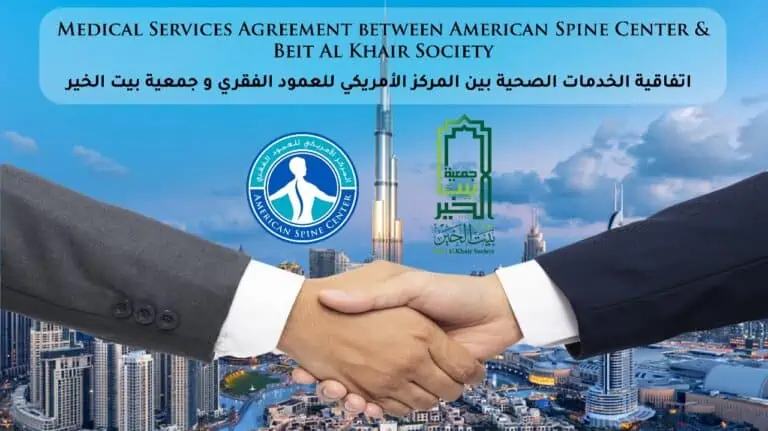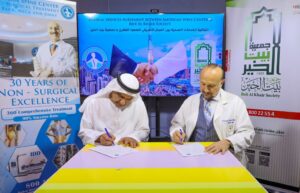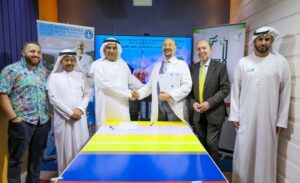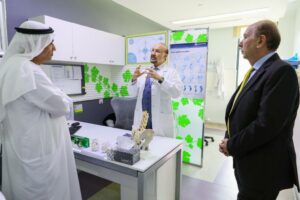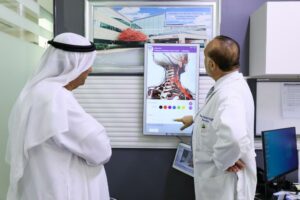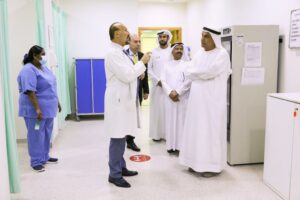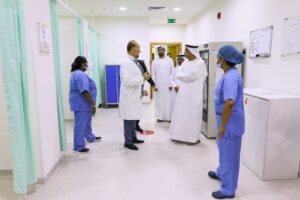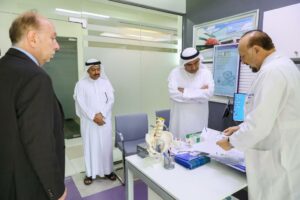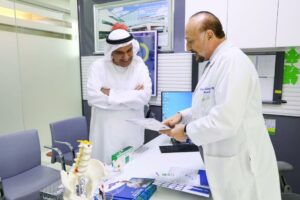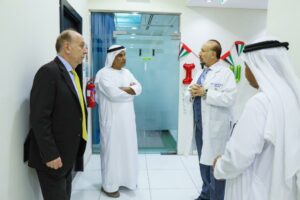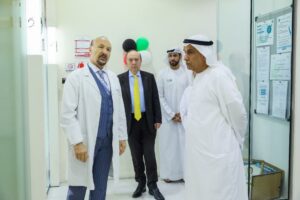Can the Cornonavirus Affect My Bones and Joints?
It is a question that patients are asking their orthopedic surgeons frequently in the midst of the pandemic. Many of the symptoms of the coronavirus mimic the typical symptoms of a viral infection or flu syndrome. One of these symptoms may be muscle aches or myalgias. You may get pain in your arms, legs, or back that develops spontaneously with no injury.
Typically, in a coronavirus infection, the pain is in muscles rather than in joints. But if you have an arthritic joint in your arm or leg, the virus may exaggerate the symptoms. The pain may be severe and limiting. While the coronavirus can cause permanent damage to vital organs, such as the lungs and kidneys, it is not known to cause any permanent damage to bones and joints. It is, however, too early in the pandemic to know all of the long-term consequences.
Many patients take anti-inflammatory medication to help control the pain and sometimes the fever brought on by the virus. Or they may take anti-inflammatory medication because they have ongoing symptoms from an arthritic joint.
While the medication may be helpful, it may also suppress other symptoms, such as fever, that would help diagnose the coronavirus infection. For this reason, you should consult your regular physician if you are experiencing any virus-like symptoms before continuing anti-inflammatory medication.
What do we mean by joint and muscle problems?
Joint and muscle problems are common and include shoulder, neck, back, and knee problems. Many people will have had these at some point in their life. Most of these problems are not serious and improve or get better quickly.
What causes post-COVID joint and muscle problems?
Many people will have had some aches and pains before getting ill with COVID. Being unwell may have made these problems come back or get worse. This is because joints and muscles are better when we regularly move. When unwell with COVID people are less active than usual. This can cause aches and pains, stiffness, and muscle weakness. Muscle weakness can lead to difficulties with activities such as standing, climbing stairs, gripping objects with your hands or lifting your arms above your head. Some of the treatments that were needed during your COVID illness may have put extra stress and strains on some of your joints and muscles. These may have caused new or increased joint and muscle problems.
People have told us the most common problems after being unwell with COVID are shoulder and back problems, but joint and muscle problems can occur in any part of the body. Some people have widespread aching that can come and go for a time as you recover. Some people also have odd or altered feelings such as numbness or pins and needles and weakness in the arms or legs.
Shoulder and arm problems after COVID:
Some people experience severe shoulder and arm problems after COVID, especially those who have been in hospital. These problems can be a combination of pain, stiffness, numbness in the arms, and weakness in some muscles. If you have been given advice or treatment about your arm problem in hospital you should continue to follow that advice. Many of these problems will improve as you get better, but if you have severe problems contact your doctor or physiotherapist.
What can I do about joint and muscle problems?
Many joint and muscle problems after COVID improve quite quickly. Looking after your joints and muscles is a really important part of your recovery. You can do a lot to help your joint and muscle problems by following this advice. People have said the most common problems after being unwell with coronavirus are shoulder and back problems, but joint and muscle problems can occur in any part of the body. Some people have widespread aching that can come and go for a time as you recover. Some people also have odd or altered feelings such as numbness or pins and needles and weakness in their arms or legs.
How do I return to my usual activities after COVID?
You should aim to get back to your usual activities. Try to gradually increase the amount of movement and activity you do. Joints and muscles are designed to move but you need to pace yourself and rest when you need to. Also, take into account any other symptoms you may have, such as fatigue and your breathing. Try to do a bit more each day. Over time you should find you can do more and more.
Exercise; Strengthening and flexibility exercises will help your joint and muscle problems. Flexibility exercises are activities that improve the amount of movement in a joint or muscle. Examples of flexibility activities include;
- Stretching, by moving your joints as far as you can several times a day.
- Yoga
- Tai chi
You should seek immediate help from your doctor or physiotherapist if you have severe pain, numbness, or weakness in your arms or legs that stop you from following the advice on this page.
Contact your GP surgery to talk to a doctor or physiotherapist if;
- Your joint and muscle problems are getting worse.
- You are unable to be active or exercise because of other symptoms such as fatigue or being breathless.
- You develop new symptoms such as pins and needles, worsening weakness in your arms or legs, or problems with your balance.
- After 3 months your joint and muscle problems have not improved.
AMERICAN SPINE CENTER
Timing: 9 am until 9 pm,
Saturday to Thursday.
Contact us: 800-100-999
Location: Al Razi Building 64, Block F,
Dubai Healthcare City, Dubai, UAE.
Source:
